What Is FBA (Fulfillment by Amazon) & How It Works
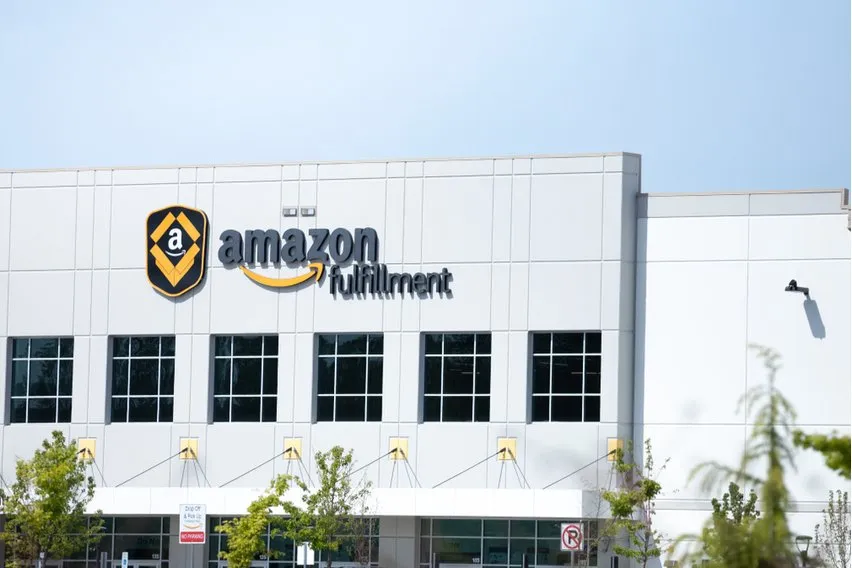
Amazon is trying to reinvent online shopping once again through its program Fulfillment by Amazon. FBA offers a revolutionary way for online retailers to fulfill customer orders without having to handle storage or logistics themselves.
Instead, Amazon takes care of all storage and shipping needs and costs for retailers’ customers. In exchange, those retailers pay Amazon a fee. All they have to do is sell the products to their customers and handle marketing.
Is it worth it? Let’s take a closer look at FBA and break down how it works in detail.
Here’s What We’ll Cover:
Amazon FBA Explained
Fulfillment by Amazon is a recently updated service offered by its titular company. In a nutshell, it lets third-party sellers automate their shipping and order fulfillment services. Amazon handles the shipping of products sold by these companies at its fulfillment center.
This is in contrast to the standard seller model on Amazon. With the standard model, sellers are on the hook for handling shipping, order fulfillment, and even return costs. All of these fees can eat into the net profit a seller can expect.
FBA can be beneficial for certain retailers who wish to save on these otherwise unavoidable costs.

How Does Amazon FBA Work?
In brief, Amazon’s FBA service takes care of the shipping and fulfillment parts of the selling process. Your business sells a product to a customer. Amazon then fulfills the order by shipping the product to that customer. Amazon charges a fee in exchange for this service.
Here’s an example:
- A shoe company sells shoes on Amazon. They don’t have the space to carry inventory for their customers. So they send their inventory to Amazon for storage
- Instead, they only take orders from customers. Amazon both holds the inventory and ships the inventory to the buyers
- The seller gives Amazon a bit of the profit in fees
- All the third-party selling company has to do is handle the product listings and ensure that Amazon has enough of their product to fulfill orders
In other words, Amazon handles a lot of the logistical work involved in online shopping. It’s very similar to the “drop-shipping” model used by many online retailers these days.
Benefits of FBA
Amazon FBA can be extremely beneficial. Its many advantages include:
- It’s ideal for sellers of heavy items that would cost a lot to store normally. Items like TVs, workout, and furniture are good examples.
- It’s very easy to run an online business using FBA. Amazon takes care of all the logistics work for you. This frees business managers up to work on other aspects of their online enterprises.
- You often spend less on your shipping cost through FBA since Amazon has unlimited storage space around the world.
- Amazon handles customer service for all FBA sellers. That’s one less thing you have to worry about.
- Anything you sell through FBA automatically gets the Amazon Prime badge. Customers are then eligible for Prime free shipping and accelerated times. This can make your business more popular.
Downsides to FBA
However, FBA does have its drawbacks, which include:
- The service is less profitable for retailers that sell lighter, cheaper items, like clothing or books.
- Amazon has an open product return policy. So you may end up eating higher than average return costs if you use FBA.
- Since identical products are stored together, you might encounter issues with product quality.
- You have to rotate your product regularly to avoid paying a long-term storage fee.
- Amazon has reserved the right to change its fulfillment fees at any time. So the cost to use its FBA service could rise significantly in the future.

How Much Does Amazon FBA Cost?
That depends on how much product you want to use with the FBA business model. When you store items with Amazon, the fees are determined by the size and weight of those items.
Amazon’s product size tier system prices lighter items higher. For businesses that primarily sell low-dollar items, therefore, FBA might be too costly to be worth it.
Furthermore, Amazon charges fulfillment fees that increase as you store more inventory. Even worse, Amazon charges a higher item fee if your items are stored for longer than 180 days. An online seller that rotates their inventory pays less money than a seller that doesn’t.
There’s no flat rate or projection you can use to estimate your FBA costs. Instead, Amazon gives you a settlement fee report in your FBA dashboard. It may be wise to try the FBA model on a small scale at first if you’re a business owner on the fence. Then you can see how much the FBA service costs and extrapolate if you were to add more inventory later.
Key Takeaways
In the end, whether using Amazon’s FBA program is worthwhile depends on your budget and unique needs. We recommend checking Amazon’s FBA guidelines and rules carefully before signing up for the service.
You’ll also likely want to use accounting software to track your budget carefully before making the switch. Remember, FBA can save you money and a lot of effort. But this is not a guarantee.
Find more helpful guides and resources on our small business resource guide.
RELATED ARTICLES


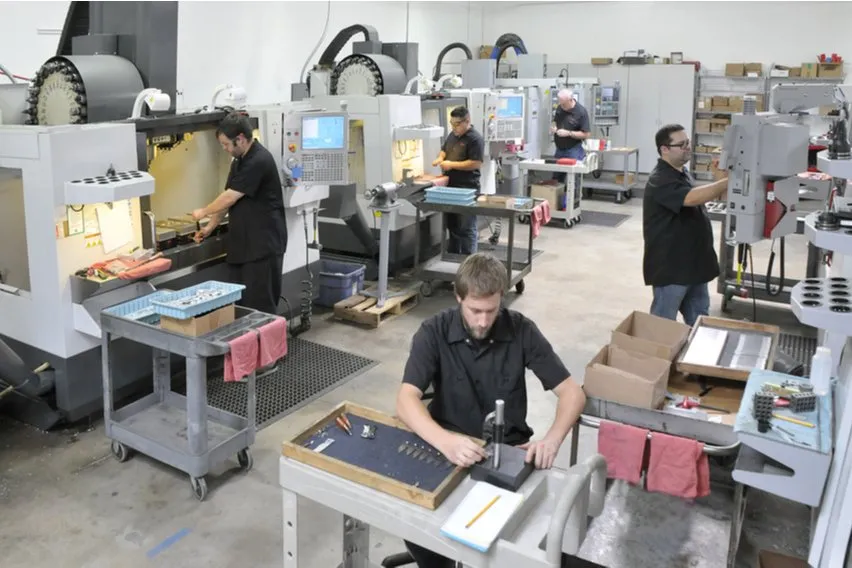 What Are Intermediate Goods? An Extensive Guide & Examples
What Are Intermediate Goods? An Extensive Guide & Examples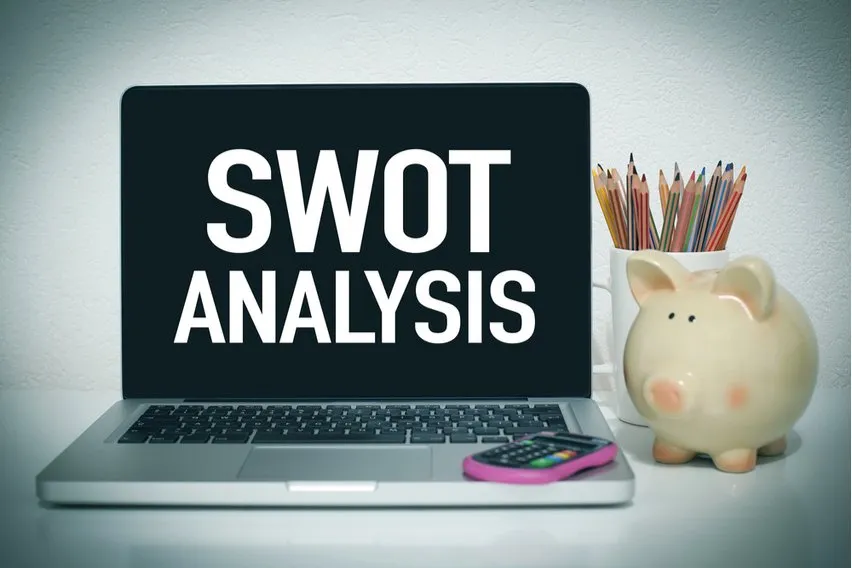 Industry Analysis: Why It’s Important & How to Analyze an Industry
Industry Analysis: Why It’s Important & How to Analyze an Industry What Is the Ladder of Inference?
What Is the Ladder of Inference? What Is FTE? How to Calculate Full-Time Equivalent
What Is FTE? How to Calculate Full-Time Equivalent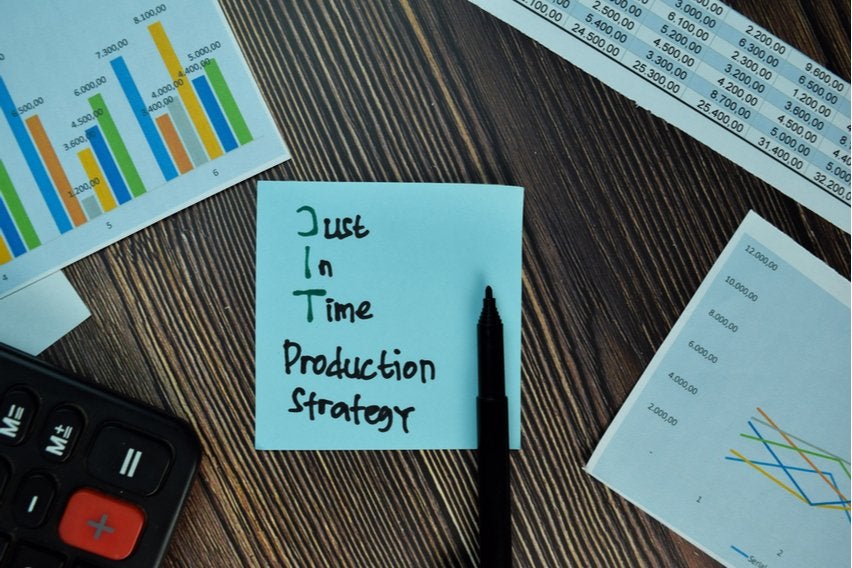 JIT: What Is Just in Time Inventory Management System?
JIT: What Is Just in Time Inventory Management System?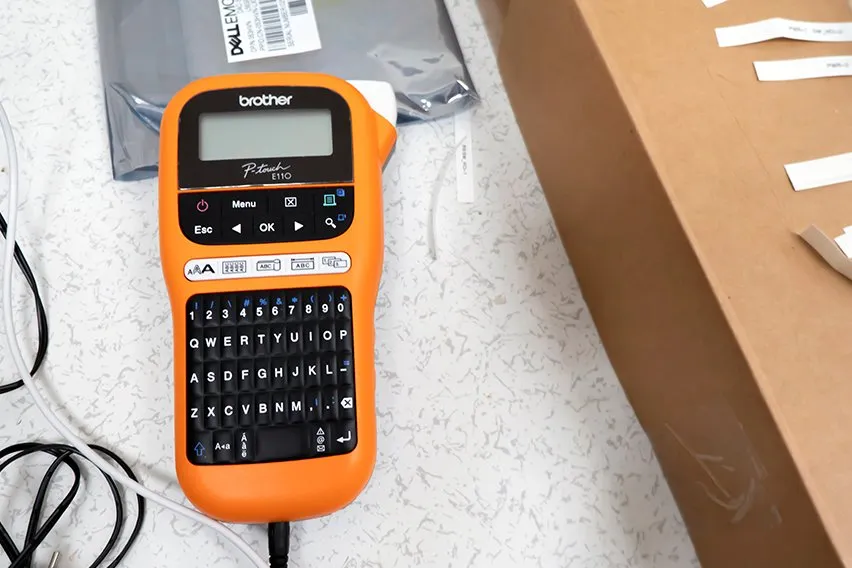 4 Best Barcode Generator Software in 2025
4 Best Barcode Generator Software in 2025